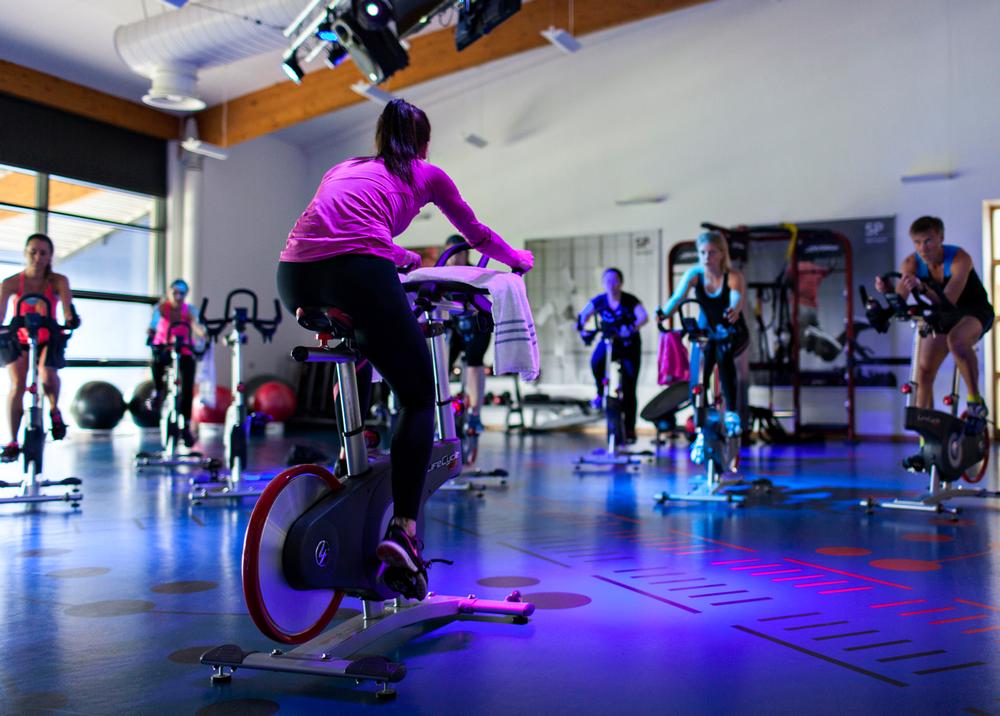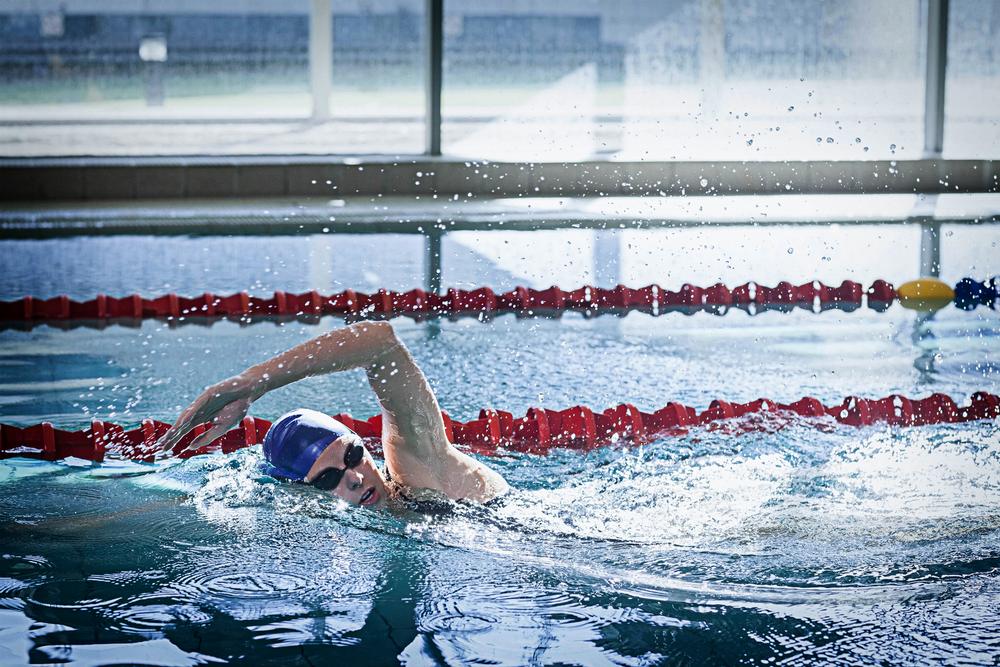It can be hard to know what customers really think of the experience we provide in our health clubs and leisure centres, but when you run the customer feedback system for more than 400 sites across the sector, generating over 22,000 comments annually, you start to get a real feel for the overall picture.
At Leisure-net, we provide the feedback system for more than a dozen of the sector’s leading operators, and our annual analysis of customer feedback provides interesting food for thought.
COMMENTS ARE INVALUABLE
Our feedback-focus system enables us to track the number and source of all comments, what they’re about, whether they’re positive, negative or neutral, and, very importantly, how quickly managers respond and resolve them.
We’ve found that, when an operator doesn’t have a high-profile, user-friendly comments system, only the negative comments from determined customers get through. But when you introduce an automated online system you get more – and more diverse – comments, giving a better overall picture of what the full range of your customers really think.
Phil Steele, director of sport at Sportspark, University of East Anglia, agrees. He says: “Before we introduced a proper feedback system, we just received occasional comments through reception or by email. When we first introduced and publicised our online feedback form two years ago, we began to receive a lot more comments, including negative ones – but we now receive the full spectrum of comments, compliments, complaints and suggestions, which means we understand much better what our customers think.”
COUNTING THE COMMENTS
If you actively promote and welcome comments, how many can you typically expect? This is a question we’re often asked. Our analysis of more than 22,700 comments over the last 12 months suggests an average response rate of around five to 10 comments per 10,000 visits, and a split of around 45 per cent negative, 26 per cent neutral and 29 per cent positive – a much more positive split than most operators will have experienced over the years.
Overall, the areas of operation generating the most comments are swimming pools, with 38 per cent of all feedback, followed by fitness classes with 26 per cent and gyms at 21 per cent. When broken down into categories within the customer experience, customer service produces far and away the most feedback (40 per cent) followed by programming (23 per cent), cleaning (15 per cent) and pricing (11 per cent).
When drilling down deeper to explore which areas of service generate positive comments and which generate negative feedback, there are some interesting findings. The vast majority of positive comments are people-related, whereas negatives feedback is mostly about what we call ‘hygiene factors’ or the ‘givens’ – elements of the customer experience that are expected to be fulfilled as a basic minimum. Hitting the number one spot is cleanliness, particularly in facilities with pools and spas, as well as showers not working/too cold and unavailable lockers/fitness equipment. Negative issues also include basic customer service not being delivered or complaints being ignored.
On the other hand, it’s when operators deliver well on the performance elements and the ‘delighters’ – the things that move people further up the satisfaction continuum than the ‘givens’ could ever do – that you start generating positive comments. As noted earlier, these tend to be people-related – feedback on great customer service, for example, or on great touch-points with managers who have dealt with customer comments/complaints in such a way that a negative experience has been turned into a positive one.
RECORD, RESPOND ...
Industry-wide, feedback is moving away from comment cards – it’s now most commonly made on social media and by email directly via the operator’s website, especially by younger members.
However, most operators still neglect to record verbal comments very well, yet these are a valuable source of continual ‘drip feed’ feedback. There are two great ways of recording verbal comments; the use of tablets at reception, making it easy for front of house staff to quickly record feedback; and/or the use of physical comment boards in-club – also a great way of showing customers you’re serious about gleaning, and acting on, customer feedback.
So, once recorded, how quickly are operators responding to comments – and how quickly should they be responding?
Qualitative research carried out by Leisure-net suggests that younger people expect a much quicker response than do older groups – very likely due to their greater familiarity with technology.
These customers, who make comments via email or social media, expect a response within 24 hours, if not sooner. Also important to note is that, if they make a complaint, they expect it to be dealt with faster than if they’re making a suggestion or a compliment.
This speed of response has a significant impact on the whole service recovery period. Indeed, research by the NUS Business School showed that speed of response in a service recovery situation is more important to customers than compensation. So a customer complaint that is dealt with quickly and efficiently will reduce compensation costs or refunds.
At Leisure-net clients use an automated online system, making it easier to respond faster and track actions against comments: 46 per cent of comments are responded to within a day, but over a quarter (27 per cent) wait longer than a week for their first-time response – a worrying statistic.
... AND RESOLVE
And in terms of resolving customer comments? First of all we have to define what we mean by ‘resolution’. During our training with clients, most accept that a resolution is not necessarily about giving the customer everything they want.
Sometimes complaints are about long-term (and at times insurmountable) problems, such as the provision of larger car parks or a new swimming pool. In these cases, ‘resolution’ means reaching a mutual understanding of the issue in question.
Our analysis showed that 78 per cent of customer comments were resolved within 10 days, but 13 per cent took more than 21 days, with several actions required.
The final part of the service recovery process should be a follow up. This process involves a senior manager or a director – someone who wasn’t involved in the original complaint or resolution – contacting the customer a week or two following the resolution with the sole aim of checking that the customer is happy with how the complaint was handled.
This strategy puts in place two key things. Firstly, it ensures that the senior staff member dealing with the issue has done their job properly and actually acted on the grievance. Secondly, and more importantly, it drives home to the customer that the organisation really does listen to customer comments and is aware of how important it is to deal with them seriously.

























































